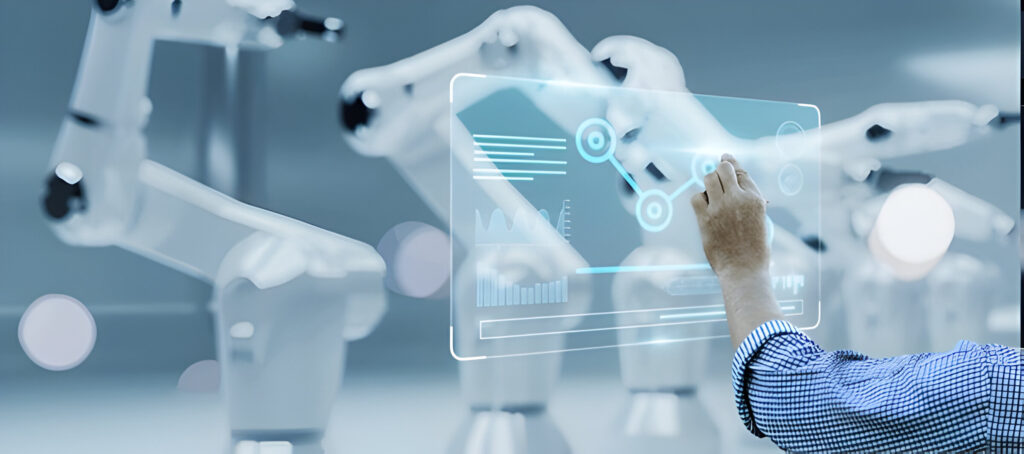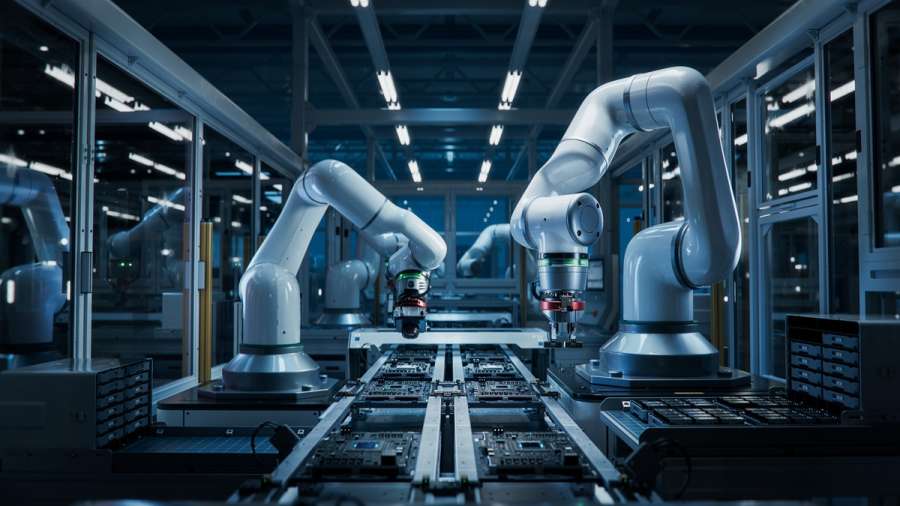In todays fast-paced industrial world, achieving peak operational efficiency is crucial. Total Productive Maintenance (TPM) offers a comprehensive approach to reach this goal. This strategy not only improves equipment reliability but also enhances overall productivity. Implementing TPM can lead to significant benefits in various sectors, making it an essential topic for industry QA professionals.
)
Understanding Total Productive Maintenance (TPM)
Total Productive Maintenance (TPM) is a holistic approach that involves every employee, from top management to floor workers, in maintaining equipment. It aims to achieve perfect production with no breakdowns, no small stops, and no defects. By fostering a culture of proactive maintenance, TPM ensures that machinery and equipment function at their best.
The Origins of TPM
TPM originated in Japan in the late 1960s, evolving from the concepts of preventive maintenance. It was developed to address the limitations of conventional maintenance strategies, which often led to downtime and inefficiencies. The approach was formalized by Seiichi Nakajima, who is considered the father of TPM.
Key Principles of TPM
TPM is built on eight pillars, each focusing on a different aspect of maintenance and performance improvement. These pillars include autonomous maintenance, focused improvement, planned maintenance, quality management, early equipment management, training and education, safety and environment, and TPM in administration. Each pillar plays a crucial role in ensuring that equipment operates efficiently and that all employees are engaged in the maintenance process.
Benefits of Implementing TPM
Reduced Downtime
One of the most significant benefits of TPM is the reduction of downtime. By involving all employees in maintenance activities, potential issues are identified and addressed before they lead to equipment failure. This proactive approach minimizes unplanned stops and keeps production lines running smoothly.
Increased Equipment Lifespan
Regular maintenance and early detection of potential problems extend the lifespan of equipment. TPM encourages routine checks and preventive measures, which prevent wear and tear and ensure that machines last longer.
Enhanced Product Quality
By emphasizing quality management as one of its pillars, TPM helps improve the overall quality of products. Consistent maintenance ensures that machines perform at their best, reducing the likelihood of defects and errors.
Implementing TPM in Your Organization
Step 1: Gain Management Support
Successful implementation of TPM requires strong support from management. Leaders must understand its benefits and be committed to providing the resources and training necessary for its execution.
Step 2: Educate Employees
Employees at all levels need to be educated about TPM principles and practices. Training sessions and workshops can help build a culture of proactive maintenance and continuous improvement.
Step 3: Establish a TPM Team
Forming a dedicated TPM team can facilitate the coordination and execution of maintenance activities. This team should include representatives from different departments to ensure comprehensive coverage and collaboration.
Challenges in Implementing TPM
Resistance to Change
One of the biggest challenges is overcoming resistance to change. Employees may be accustomed to traditional maintenance methods, and transitioning to TPM requires a shift in mindset and practices.
Resource Allocation
Implementing TPM requires investment in training, tools, and resources. Organizations must be prepared to allocate the necessary funds and time to ensure successful implementation.
Measuring the Success of TPM
Key Performance Indicators (KPIs)
Monitoring the success of TPM involves tracking specific KPIs such as equipment uptime, defect rates, and maintenance costs. These indicators provide valuable insights into the effectiveness of the maintenance strategy.
Continuous Improvement
TPM is a dynamic process that requires ongoing evaluation and improvement. Regular audits and performance reviews help identify areas for enhancement and ensure that TPM practices remain effective.
TPM in the Digital Age
The rise of digital technologies has transformed the way TPM is implemented. Advanced tools and software enable real-time monitoring and predictive maintenance, further enhancing the effectiveness of TPM strategies. Learn more about digitizing maintenance processes to optimize your TPM efforts.
Conclusion
Total Productive Maintenance (TPM) is a powerful strategy for improving equipment efficiency and overall productivity. By engaging all employees in maintenance activities and following the core principles of TPM, organizations can achieve significant improvements in performance and product quality. Embracing TPM in the digital age offers even greater opportunities for optimization and success.
)
FAQ
What is Total Productive Maintenance (TPM)?
TPM is a comprehensive maintenance strategy that involves all employees in ensuring equipment efficiency and minimizing downtime.
How does TPM reduce equipment downtime?
By engaging employees in proactive maintenance activities, TPM helps identify and address potential issues before they lead to equipment failure.
Why is management support crucial for TPM?
Management support is essential for providing the resources and training necessary for successful TPM implementation.
This article contains affiliate links. We may earn a commission at no extra cost to you.
